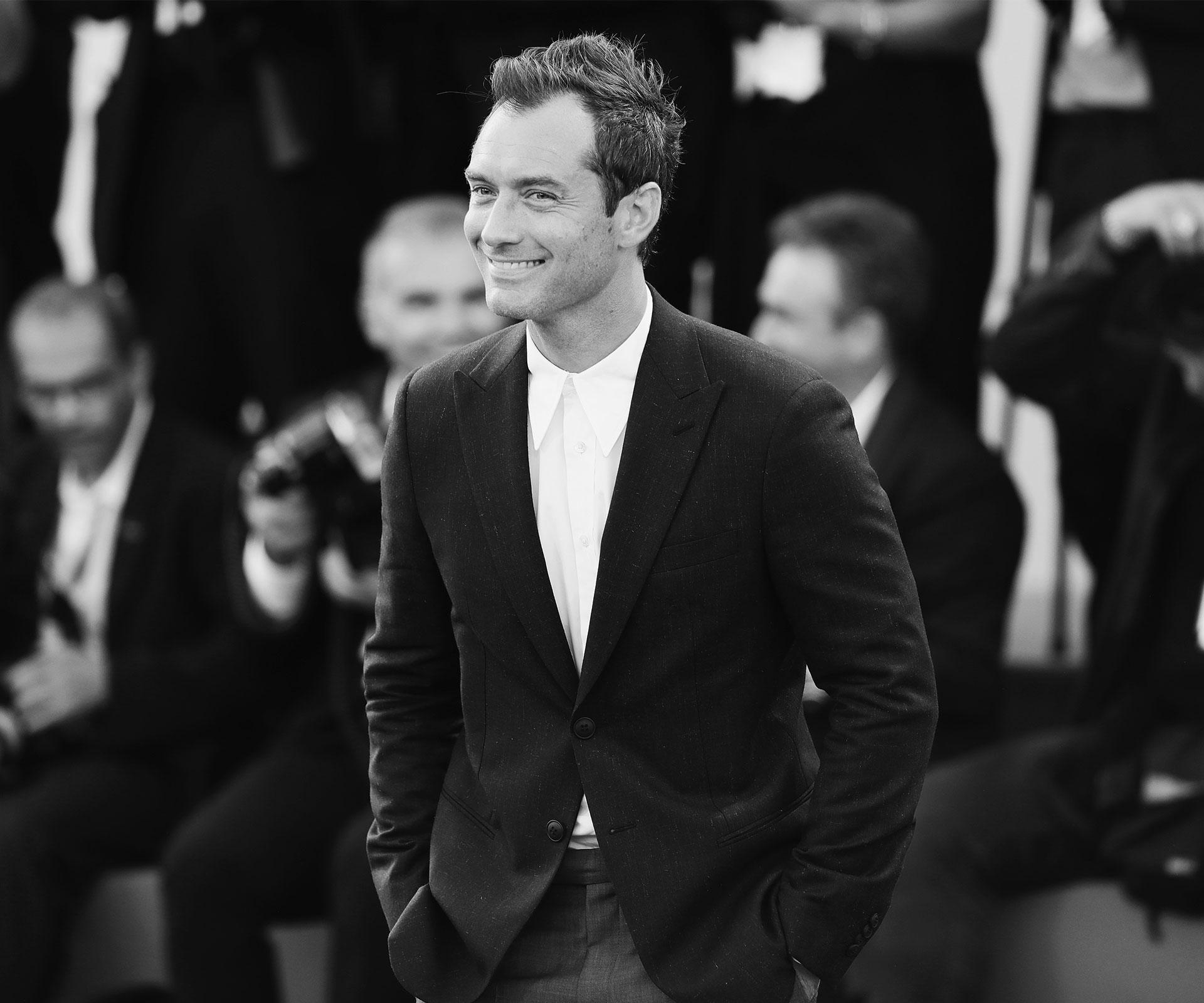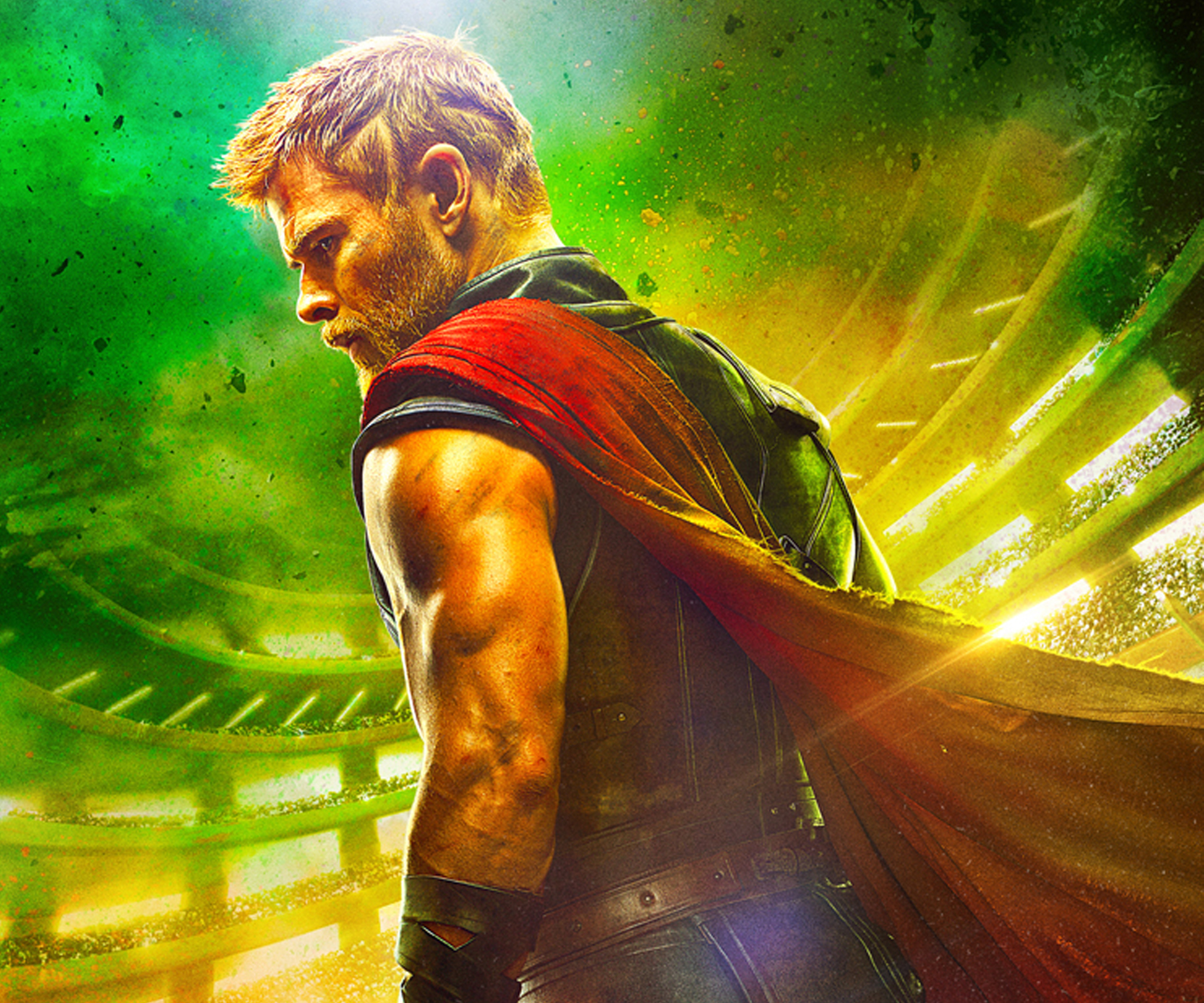It was 11 o’clock on a dark and chilly winter’s night in Melbourne. A tiny film crew huddled around a pair of ironwork gates attached to the front of a Toorak mansion and someone had called the cops on them.
They’d just shot a scene in which an evil property developer had threatened to call the cops on The Castle’s heroic everyman, Darryl Kerrigan. With only one scene left to shoot, a real neighbour shouted down to the crew that he had phoned the police. There was neither the time nor money in the budget to shoot this scene another day.
“We had one shot at it – and we had to get it before the cops arrived,” says Michael Caton, who played Darryl. “So we chained the gates to the back of the tow truck and I jumped in and drove away. There were no stunt people. I took off, swung left and tore up the road with the gates bouncing and sparking off the bitumen – perfect! It was a oncer.”
It will be 20 years in May since The Castle premiered in cinemas and etched itself into the Australasian identity alongside the notion of a fair go. The movie, which was written in a fortnight, filmed in 10-and-a-half days and produced for roughly $750,000, was the little cinematic battler that made good.
The film’s stars, Michael Caton and Anne Tenney (Darryl’s devoted wife, Sal), are helping to celebrate the anniversary by spending a morning reminiscing in the pool room with The Australian Women’s Weekly.
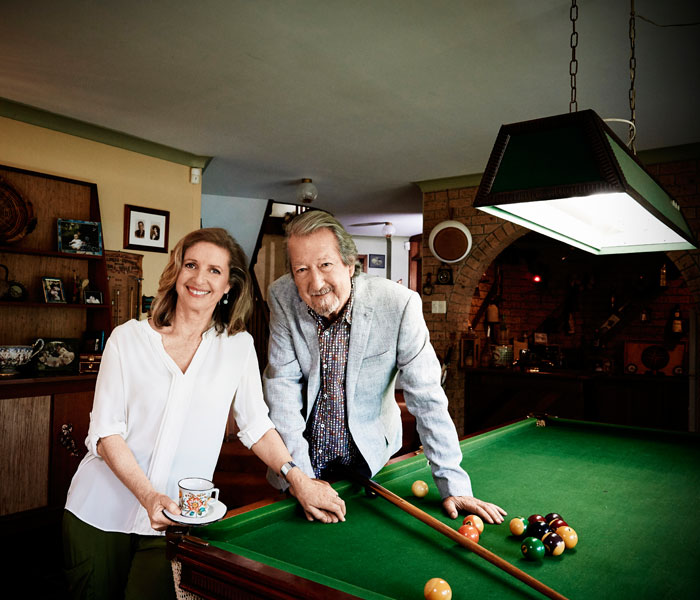
The film’s stars, Michael Caton and Anne Tenney, in the pool room.
“I’ve got nothing but fond memories of The Castle,” Michael says, smiling. “My career was dead in the water before it came along. I’d said to myself, ‘Well that’s it,’ and I was doing a bit of writing and painting houses. In fact, my wardrobe for The Castle actually came from my own wardrobe and everything was splattered with paint because I’d been painting for the past 12 months. After the film, I donated the Ugg boots, sloppy joe and jeans to the Powerhouse Museum.”
Anne, who had won an enduring fan base a decade earlier as Molly Jones in TV drama A Country Practice, wasn’t quite so hungry for work. In recent years, she had been raising a daughter and working only intermittently, but she was won over by The Castle’s script.
“It was a perfect script,” she remembers. “That’s quite unusual. I read it and I was in. It worked right from the word go. There were no changes; there was no ad-libbing.”
“I read that script and went, ‘Thank you, Huey,’” says Michael. “That was on a Saturday and, on the Monday, I was in Melbourne rehearsing.”
Anne also arrived in Melbourne that week, with her husband, fellow actor Shane Withington, and their five-year-old daughter, Madeleine, in tow. And, when director Rob Sitch announced they would be making the film in 10 days, none of the cast responded with, “Tell ’em they’re dreamin’.’” Instead, they set about realising Rob and his Working Dog production team’s dreams.
“When you don’t have a lot of money, the only thing you have is scriptwriting,” Rob said at the time. “There’s no crutch in the film, there are no special effects, there’s no kung fu, the camera doesn’t move and it’s not a particularly attractive location. There’s nothing but the script and the performances.”
The Working Dog crew – Jane Kennedy, Tom Gleisner, Santo Cilauro, Michael Hirsh and Rob Sitch – had met at university and later earned a reputation for making edgy TV comedy, including The D-Generation and Frontline.
They had never made a feature film before, but they were a no-frills, high-octane creative operation and their script had emerged from a shared sense of family and Australia.
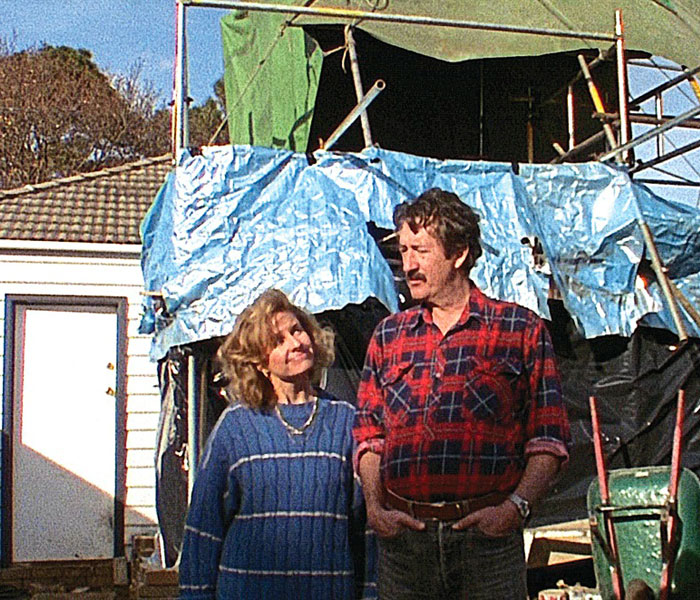
Rob grew up in the Melbourne suburb of Avondale Heights and, as a kid, he couldn’t imagine a more perfect place on earth. He spent weekends watching planes at Essendon Airport and he idolised his dad, Charlie Sitch, who had been an aircraft navigator in World War II and was an unflinching believer in “the fair go”.
That the characters in The Castle spring from real people like Charlie gives them their flesh-and-blood humanity and the script its high-wire mix of wry humour, empathy and respect. Rob often speaks of a “special kind of warmth” and “spiritual truth” that underpin the film’s comic banter. The Castle’s spiritual heart rests on the dual pillars of Darryl Kerrigan’s relentless optimism and Sal’s love.
“Sal’s a gentle person,” says Anne. “She has this unerring faith in her husband – she adores him – and an unconditional love for her family.
“The fact that her son, Wayne, is in jail doesn’t faze her – he’s a good boy. The film is a fairytale in a lot of ways.”
Michael sees the film’s heart in “Darryl’s impossible optimism – his belief that everything’s going to be all right. I admire that naive optimism. He’s about to get clobbered. It’s like a car crash coming and he can’t see it.”
Michael feels a sense of kinship with Darryl in other ways, too.
“It began with The Sullivans, back in the 70s,” he says.
Michael was playing Uncle Harry and “the floor manager, a wonderful man called Laurie Levy, got us all involved in the Save the Whale campaign. That sparked something in me. Then people kept asking me to do things and that’s how my environmentalism began.”
On weekends, you’re likely to find Michael speaking at a rally to save some local landmark, such as Sydney’s Bondi Pavilion, or to stop funding cuts to Legal Aid.
“Darryl’s a bit of a master of lost causes,” he muses, “and I understand that. You lose a lot more battles than you win.”
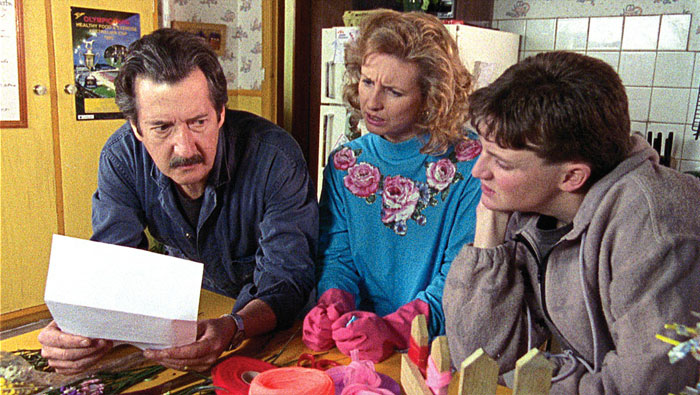
“The Castle is a political film,” says Anne. “There was this strong sense that the home was a home – that it wasn’t an investment property. I think that’s a lovely thing in the film and it does seem like we’ve lost it a little bit.”
In The Castle’s pre-IKEA utopia, everything in the home has significance, from the trophies in the pool room to the household items made with love in one of Sal’s craft fads. The significance of the idea of home is underlined in the film by references to the Australian government’s 1993 Mabo land ownership legislation.
“Mabo, it’s the vibe,” Michael quotes from the film.
He sees modern-day equivalents in homeowners having their properties “compulsorily acquired” for motorway developments and farmers who “lock the gate” against coal-seam gas mining. He suggests that Australian protest group Knitting Nannas Against Gas (KNAG) are keepers of the Kerrigan flame.
“They asked me to go on the bus with them up to Queensland,” he says.
“They’d eat you up,” Anne jokes.
Whether it was its politics, its big heart or its abundance of side-splitting one-liners, Australians and Kiwis alike adopted this little film as their own.
“The first time I saw it with an audience, I thought, ‘Oh wow,’” Michael says. “There was so much laughter in the room. People still come up to me in the street and want to talk about it. Sometimes I think that, when people come through Customs, they must be given a copy of The Castle because, whenever I’m in Bondi, I’m approached by people from all over the world.”
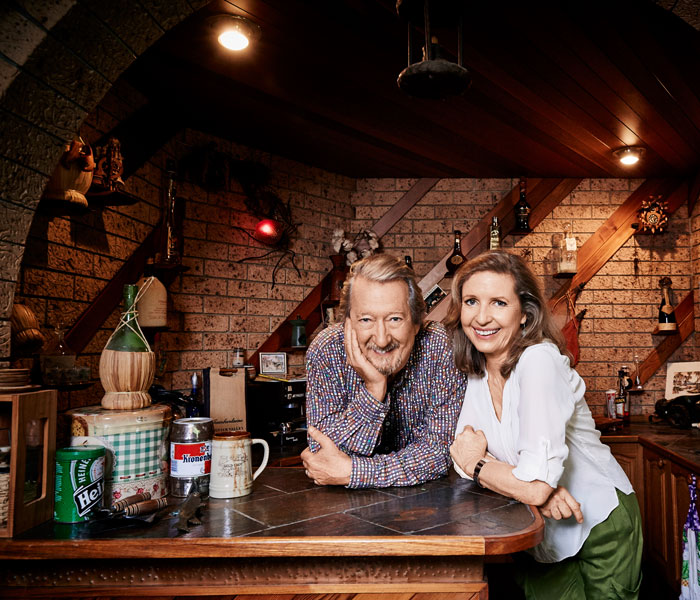
The enthusiasm wasn’t universal, however. On TV’s The Movie Show, presenter Margaret Pomeranz was effusive in her praise, while co-host David Stratton missed the joke.
Margaret: It takes a while to get rid of the niggling thought that these characters are being laughed at by the filmmakers, but then you’re suddenly overwhelmed by the enormous affection that these filmmakers have for Darryl and his family. Part of this is due to Michael Caton’s wonderful performance as Darryl… It’s not the best directed film of the year, nor does it have the best cinematography, but the roughness around its edges doesn’t detract too much from the heart of the film. It’s a simple first effort from the Frontline team, shot in a short space of time, but for me, it was a winner.
David: Well, I’m afraid it wasn’t for me. I really didn’t get onto the wave-length of this film at all. I thought it was patronising towards its characters. I didn’t find it funny. It reminded me of the sort of humour that I thought had gone out years ago.
Margaret: I think it’s a very Australian sort of humour.
David: I just thought it was silly. And, technically, it’s very rough.
Margaret: How many stars are you going to give it?
David: I’m giving it one and a half.
Margaret: I’m giving it four stars.
Michael Caton admits Margaret and David were right about the film’s technical failings.
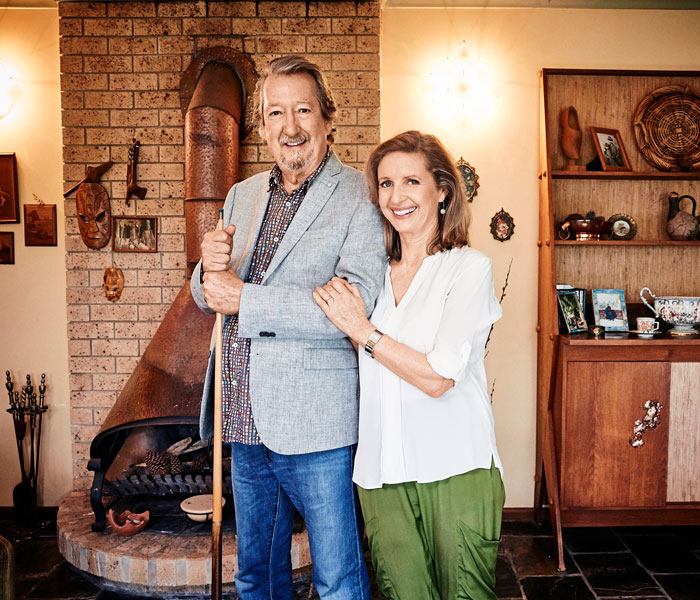
“It wasn’t even shot on 35mm film,” he recalls, grinning. “It was 16mm. Santo [Cilauro] was on one camera and a lovely Czech director of photography, Miriana Marusic, on the other. There were usually just the two cameras and they didn’t move.
“Everything was shot in one or two takes. In the corner of the kitchen, if you look carefully at the wallpaper, you can see the scaffolding underneath it. And I remember looking at Anne and thinking, ‘There’s no light on her at all.’”
“You can see that in the film,” Anne says, laughing. “It just goes to show that technically things might not be absolutely perfect, but if you’re swept along by the plot and the characters, you can still have a huge success.”
The producers of the film reaped the rewards of a box-office hit. The Castle grossed about $10.3 million in Australia and international rights were sold to Miramax for a reported $6 million, or, as Rob Sitch said, “a lot more than it cost to make”.
The actors, of course, reaped their rewards in glory. The film kick-started Michael’s career and, now 73, he’s known for a string of iconic Aussie bloke roles, including Ted in Packed to the Rafters and Rex in Last Cab to Darwin.
Anne, 63, has worked consistently in TV (Water Rats, Always Greener, All Saints) and theatre, and she says, “People still come up to me and quote The Castle. They know it by heart.”
“We actors didn’t make a lot of money out of The Castle, but we got something better than money,” Michael says. “We got a little gem of a movie that will outlive us – a little bit of immortality.”
WATCH: The Castle highlights. Story continues below…
Castle classics
Old-time Aussie expressions were resurrected by the Kerrigans and new ones went straight to the pool room of Aussie vernacular.
Darryl Kerrigan: Tell ’em they’re dreamin’.
Federal Court judge: And what law are you basing this argument on?
Darryl: The law of bloody commonsense!
Dale Kerrigan: If Dad is the backbone, Mum is the other bones — all of ’em.
Dale: If there’s anything Dad loved more than serenity, it was a big two-stroke engine on full throttle!
Darryl: Oh, Steve, could you move the Camira? I need to get the Torana out so I can get to the Commodore.
Steve Kerrigan: I’ll have to get the keys to the Cortina if I’m gonna move that Camira.
Darryl: Yeah, watch the boat, mate.
Sal Kerrigan: Good onya, darl!
Dennis Denuto: It’s the vibe of the thing, Your Honour.
Dale: Dad still can’t work out how he got it so cheap. It’s worth almost as much today as when we bought it.
Darryl: You can’t buy what I’ve got.
Laurie Hammill: You can acquire a house, but you can’t acquire a home, because a home is not built of bricks and mortar, but of love and memories.
Words: Samantha Trenoweth
For more from The Australian Women’s Weekly, follow us on Facebook or Instagram.

